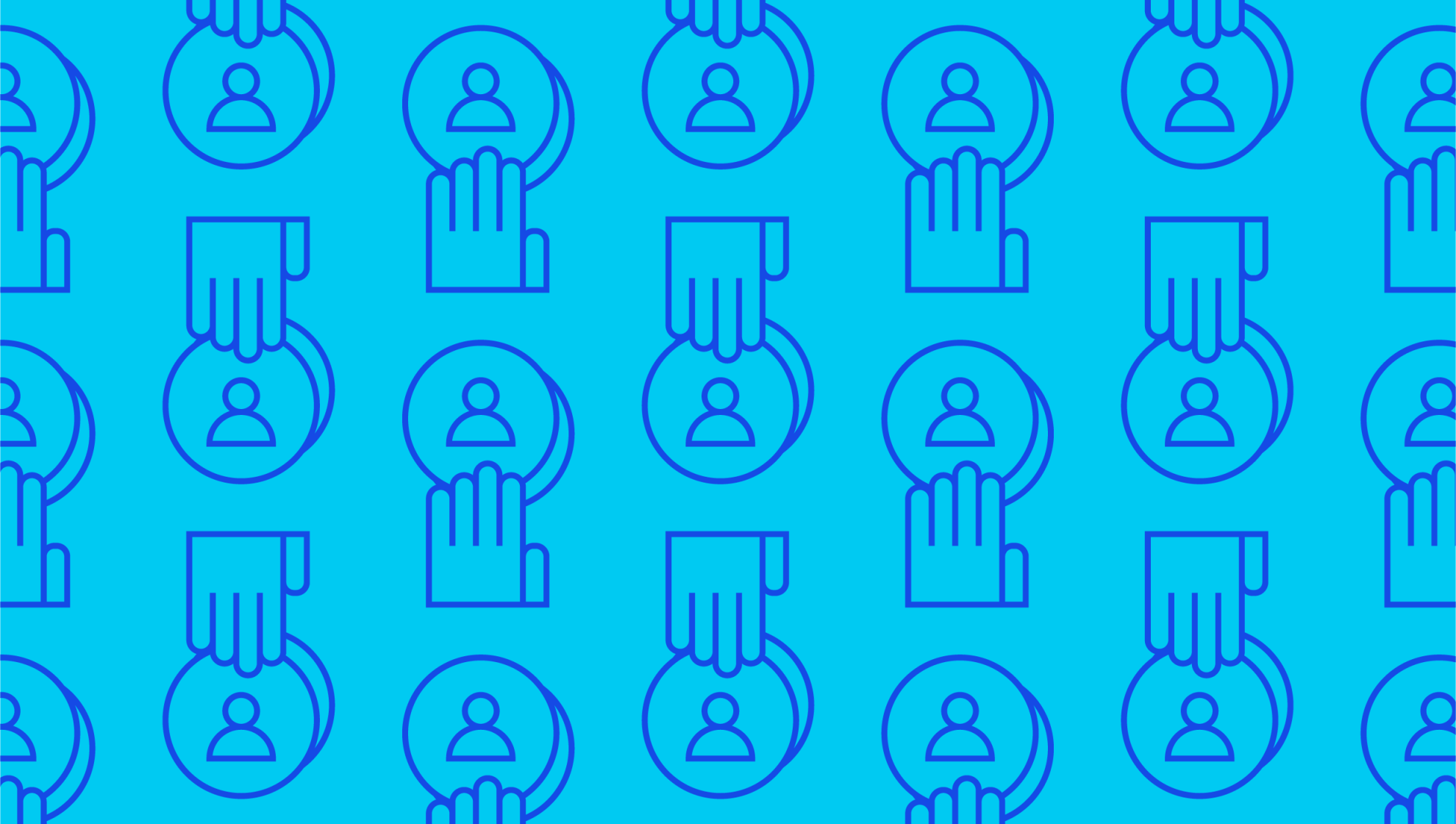
Financial inclusion: How open banking is helping Lendtech change lives
Last editedApr 20233 min read
According to The Global Findex Database 2021 report, about 1.4 billion adults are still unbanked. That means they do not have an account at a financial institution or through a mobile money provider.
Financial inclusion is a serious issue – thankfully, open banking and Lendtech are changing the narrative by creating equal opportunities for everyone. How can a breed of technology as young as open banking spark such radical change? Let’s investigate.
What is Lendtech?
Lendtech is the amalgamation of the words lending and technology, referring to the process of improving the provision of loans and banking services to underserved people. The term also comprises improvements in the ease of accessing loans and their affordability and security.
What is financial inclusion?
According to the World Bank, “Financial inclusion means that individuals and businesses have access to useful and affordable financial products and services that meet their needs – transactions, payments, savings, credit, and insurance – delivered responsibly and sustainably.”
To add more context to the definition, access should have nothing to do with the company size or net worth. It’s about removing the barriers to entry for people and businesses in the financial sector and using these services to improve their lives.
Before we delve into the solution, let’s investigate the root of the problem.
The challenge of new-to-credit (NTC) customers
When people or businesses have never been part of the financial system, specifically the credit system, that breeds many challenges due to the lack of credit history to assess, the creditor has no means by which to perform a risk assessment. How can financial institutions be sure they will get their money back? How can they build a profile on the entity they’re about to lend the money?
New lending technology incorporates unconventional information to build these profiles. Sources such as mobile and web data, wallets and personality tests build alternative credit scoring systems without needing a traditional financial footprint.
Open banking: the secret weapon behind Lendtech
Open banking is the technology behind Lendtech solutions and what makes all of what we just described possible. It powers customer verification in real time. Forget manual submission of payslips and paper-heavy processes. Open banking technology offers insights into non-financial data and allows third-party providers to build Lendtech solutions.
One solution that was born through the implementation of open banking technology is micro lending.
What is micro lending?
Micro lending refers to issuing small loans to small and medium-sized enterprises (SMEs). Traditional banking often prohibits SMEs from accessing credit due to low sales volume. Open banking makes it possible to customize lending solutions based on the profile and needs of the customer and abandon the “one-size-fits-all” model.
Integrating the remote workforce
It’s no secret that we live in the era of the ‘gig economy’. People have embraced short-term, remote work to create a healthier work-life balance. This change in how people work does not fit the traditional banking blueprint.
Digital nomads find it hard to open bank accounts, report their income and subsequently get loans due to the unique nature of their work. Similar to the idea of micro lending for SMEs, nano loans address this need by offering the opportunity to borrow small amounts at low-interest rates.
Moreover, open banking-powered Lendtech solutions can digest the parameters of remote work since they are not based on legacy systems and default assumptions. The ability to get real-time data allows these products to mirror the end-user’s needs.
Personal finance opens doors to personalised loans
Another area that has flourished from the Lendtech and open finance marriage is personal finance. Personal Finance Management (PFM) apps allow each and every individual who owns a smartphone and has access to an Internet connection to be the master of their finances.
By tapping an app on their phone, people can get loan suggestions that fit their risk appetite, goals and ambitions. Open banking cannot only pull data and information, but also contextualise it.
What lies ahead?
The use of alternative credit scoring and Lendtech as a whole are still in their infancy. Considering that PSD3 could change everything, there’s much to look forward to. While we can’t predict the exact form and format of Lendtech going on, we can identify the pillars on which it’s built: responsible, inclusive and affordable.
Lending should be a service available to people and businesses from all walks of life, regardless of size, net worth, age, location or any other qualifier. Lending is about making steps forward, turning ideas into businesses, building families and facilitating growth. We should all have the opportunity to use such mechanisms.

